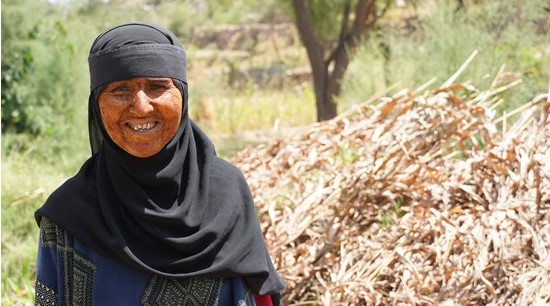Yemen continues to face the world’s largest humanitarian crisis, with high levels of acute food insecurity. Two million out of nearly eight million people living in the southern parts of the country are estimated to be severely food insecure. Prolonged conflict, as well as high food prices, depreciation of the local currency and disrupted public institutions, including the agricultural sector, are the major drivers of acute food insecurity. In 2020 the intensified fighting, along with the COVID-19 pandemic, devastating flooding and the unprecedented desert locust upsurge, has further exacerbated pre-existing vulnerabilities in the country.
Most Yemeni people who work in agriculture do not have access to the things they need to successfully cultivate. Price instability and fuel shortages continue to impact seed quality and the availability of much-needed services such as water, transportation and electricity. As a result, many farmers fled their hometowns in the countryside in search of livelihood opportunities, leaving behind their farms.
Villages in Rasad and Sarar districts in Abyan governorate were once known for their excellent millet and sorghum crops. Nearly half of the residents there depend on agriculture as the main source of income. Yet the conflict, together with the economic recession, has limited their access to seeds and cultivation supplies.



